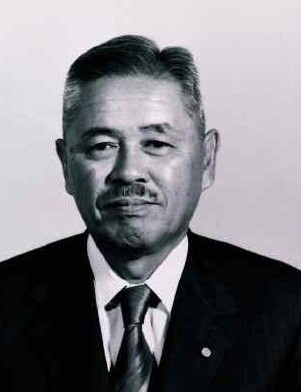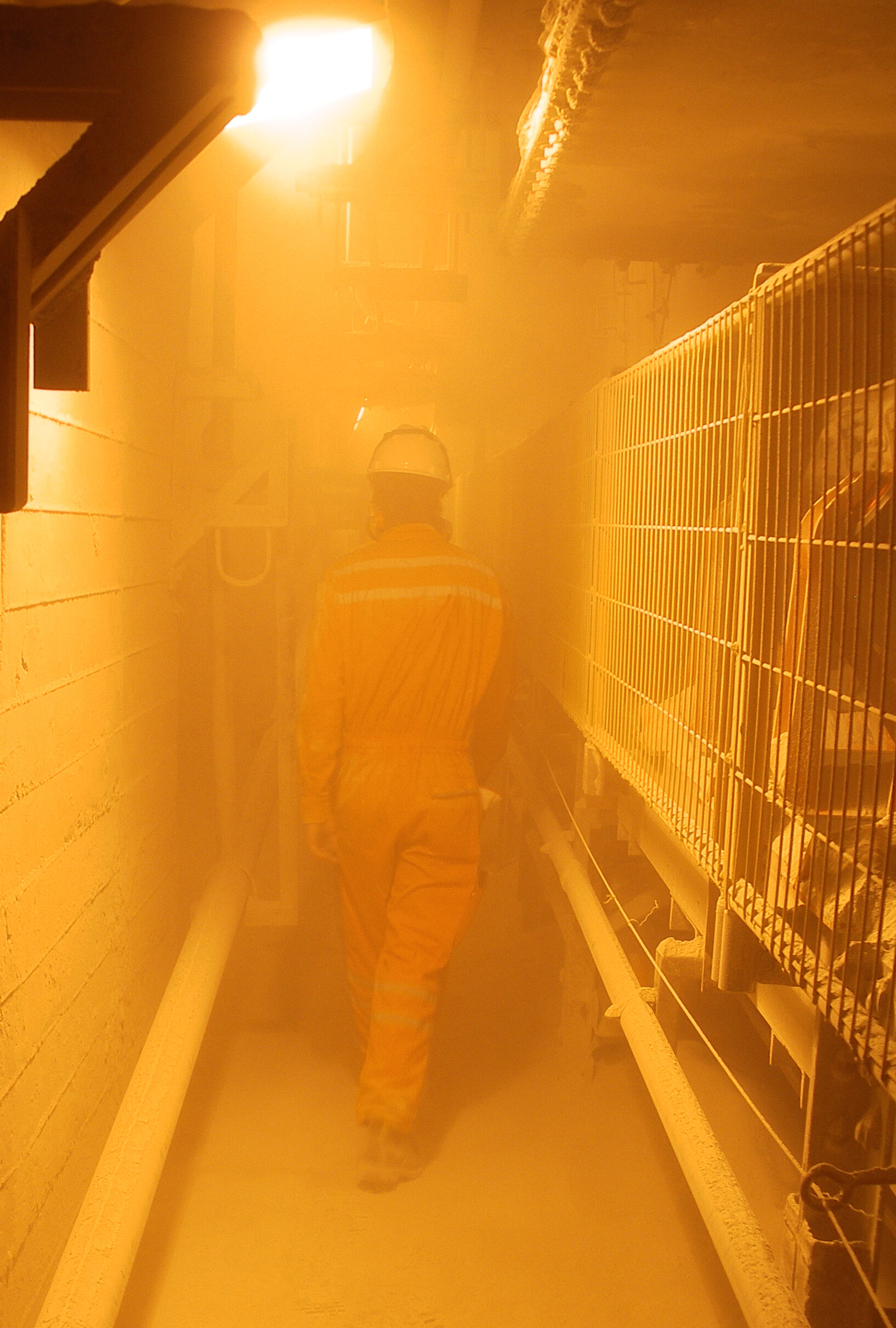Customer focused flow
Extraordinary Results Through Attention to Work and People
How do you optimize the delivery of any product to your customer? How do you optimize your internal processes of products and services to converge at the point of delivery? How do you remain profitable long-term?
Those are the simple questions any and every organization need to ask themselves. Not just once, but continuously.
We know that every organization and every process within is unique. The challenge is to understand that pre-condition in depth and utilize the knowledge to excel the company.
One source of inspiration is without a doubt Taichii Ohno and his description of his focus on lead time:


The quote might sound trivial, but to master the art of truly eliminating waste and minimize the time from order to cash, when concurrently satisfying different customer needs, you have to understand a number of underlying principles.
The starting point for SAM is that a fundamental common mindset is the base for a successful operation. The thinking behind, meaning what is the purpose of what we do together with long term fundamental goals, becomes the ideas from which suitable methods are developed. Those methods will generate extraordinary results. Continuous improvements are a natural part of everyone’s day-to-day work, far from the method focused lean initiatives that are fashionable today.

A demand-driven continuous flow where the part that flows, things or services, themselves are the carriers of information will always succeed a flow based on central planning. The demand-driven flow is constructed by each part of the flow’s interdependency with both the previous as well as the following parts. In those interdependencies the need is signaled upstream and delivery is done downstream when it is needed – Just-in-time. In this way over production and a number of other wastes are avoided. It also allows deviations to be acknowledged and corrected in real time.
If the customer needs where unaltered over time it would be a fairly simple task to accomplish a perfect flow. However, customer needs change, both in what they want and how much. A flow must be able to handle variation at the same time as it succeeds in overall efficiency improvements, considering lead time, quality and others.
The key to success is to involve and empower the people in the flow to improve the efficiency themselves, the starting point being standardized processes and work. But, it can only be successful if all people have a deep understanding of the mindset and a well-defined and properly established improvement structure. When this is in place the work and the improvements will function in a self-organized way, ready to accomplish extraordinary results.